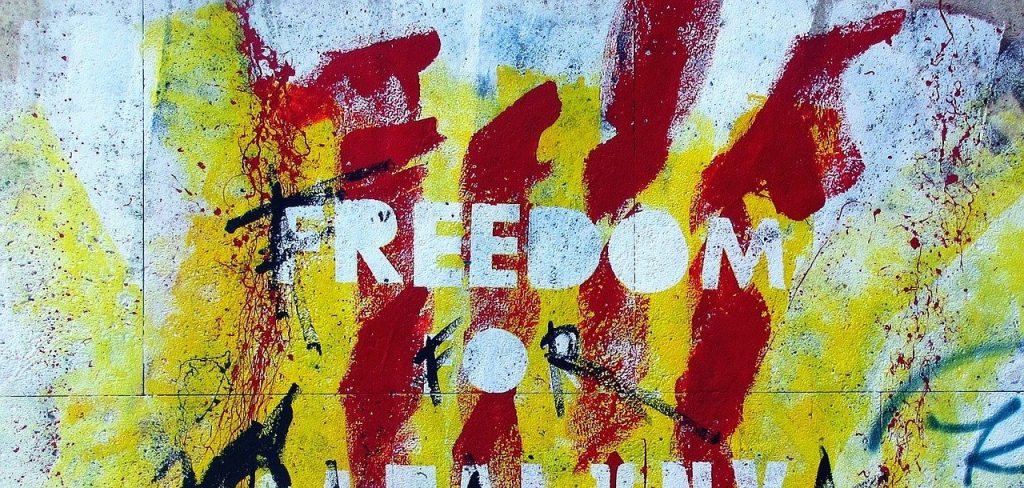
Art and politics have always been in a symbolic relationship. This ‘band’ is not static but is in constant change. Like art itself, this relationship changes depending on the socio-political context in which it is incorporated. Artists are inspired by political events and interpret them individually, design counter-worlds, visualize utopias, idealize and denounce. At the same time, art was and is always in the service of politics. For millennia it has been the politically powerful who have been portrayed as donors, saviors or rulers, who patronize artists in order to vividly secure their fame for posterity by means of works of art. Later it is national monuments, statecraft and architecture that are supposed to testify to the value and, in some cases, the superiority of certain systems, ideologies or societies. Despite this close connection, “art” itself has never been an object of investigation or analysis criterion in political science, and works of art are rarely considered in terms of their function for political systems – that is, from a political science perspective.
Understanding Political Art
The modern age and all those profound changes that it brought with it also marked a turning point for the relationship between art and politics. Art fulfilled less and less of a ‘political’ function and increasingly became ‘political’ itself. Whether abstraction, DADA, surrealism or the numerous currents of the 1950s and 1960s – in all these artistic tendencies of the 20th century a criticism manifested itself as a reaction to current socio-political, social or economic grievances.
The beginning of the 21st century has also brought profound changes to the reality of our lives and artists deal with this in their work. Due to the advancing globalization, the increasing neoliberalist tendencies of the capitalist economic system, the climate change, the numerous wars and trouble spots in the world and last but not least due to the digitization and the related media simultaneity of information about real and ‘fake’ events we experience the challenges every day a global society which is reflected in the artistic thinking of artists.
The two-day symposium ‘The Political Dimension of Art – Conditions, Limits and Perspectives‘ deals with the relationship between politics and art in the 20th and 21st centuries. The aim is to take stock and determine the position of the political dimension of contemporary art. Linked to this is a differentiated analysis of the relationship between art and politics in times of profound social changes.
It is often doubted that art and politics have something to do with one another in principle. According to an Enlightenment idea, art is still associated with freedom from purpose. From the perspective of reception that any pragmatic considerations under the term “disinterested pleasure”. Aesthetic consideration is characterized by the fact that it is completely irrelevant whether one finds the things themselves meaningful or not. On the contrary: “One does not have to be in the least concerned with the matter, but rather be completely indifferent” similar custom paint by number there is an art in it that’s why people should have more knowledge about political arts.
